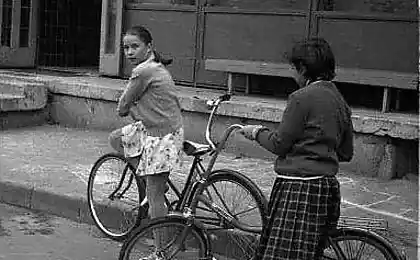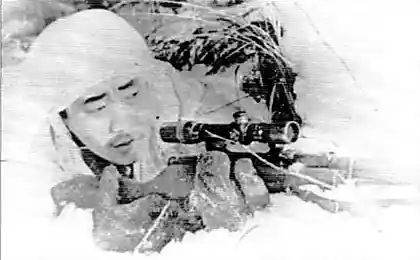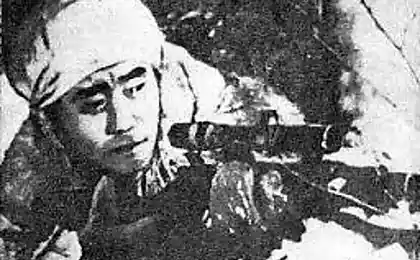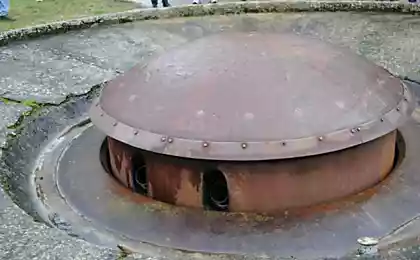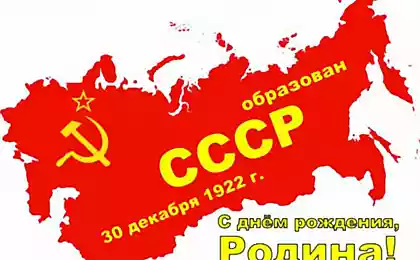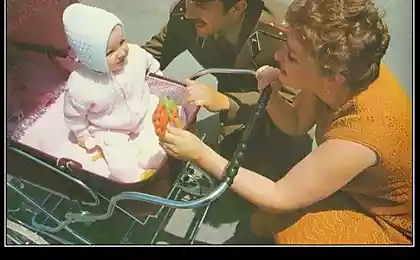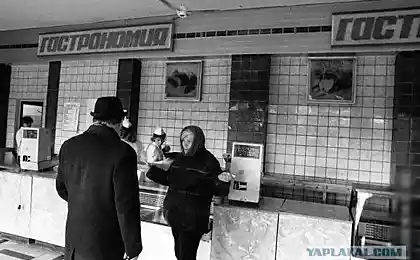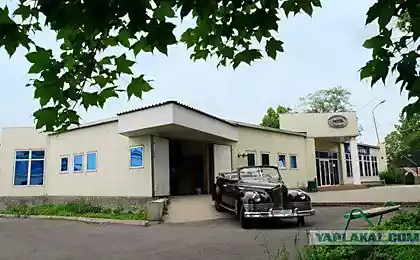2795
Armored train
Armored train called the armored train, which was intended for combat operations in the band of the railway. Widespread received such trains in the wars of the first half of the XX century. In the USSR, they were in service until the 70s, to the newly "resurrected" in the Chechen company. Armored train came in response to the development of the Russian Empire during WWI tank-building, however, not only to build them in Ingushetia. A ushered Broneponezdostroeniyu course, though the United States since the Civil War.
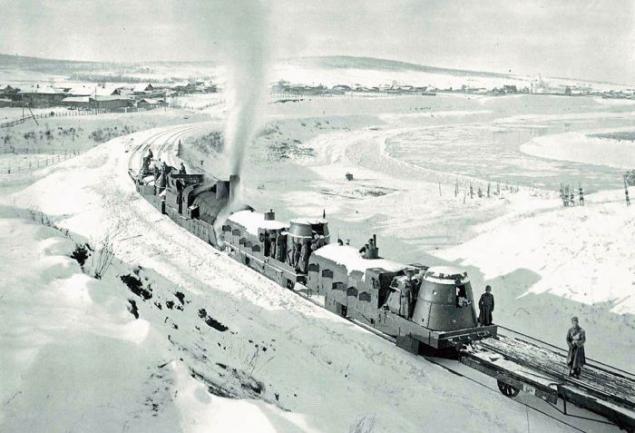
Artillery armored platform 1880 ...
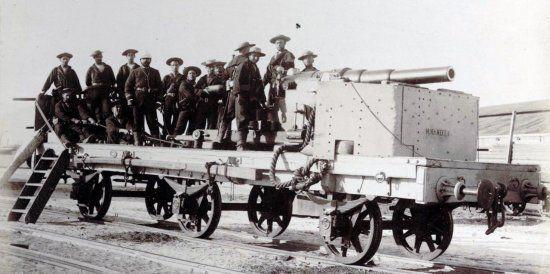
Bronevagon for South Africa 1919.

For the first time guns were put on the railway platform during the Civil in the US (1861-1865), in 1861 the army commander of the northern states of the 19th Illinois Regiment volunteer, Colonel IV Turchaninov (John Basil Turchin).
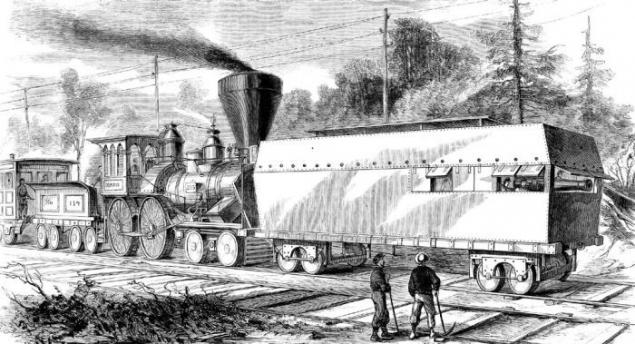
The artillery was quickly taken to the camp at the railway troops to the Southern states, and made a sudden devastation in their camp. This successful experience then repeatedly used.

In 1864 the platforms were installed for 13-inch mortars, firing the siege of Pittsburgh shells weighing about 100 kg with a range of up to 4, 5 km.
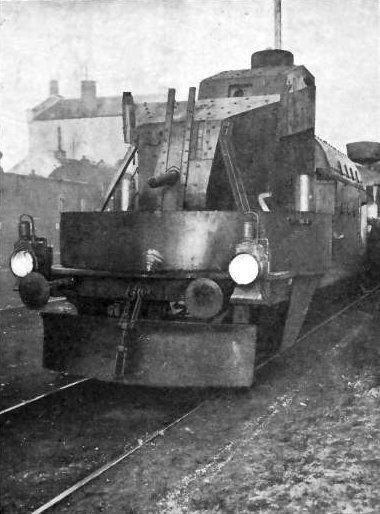
In Europe, similar to the use of railway platforms took place in 1871 during the siege of Paris by the Prussian army during the Franco-Prussian War of 1870-1871 .: managed to fire at strengthening the city from different angles.
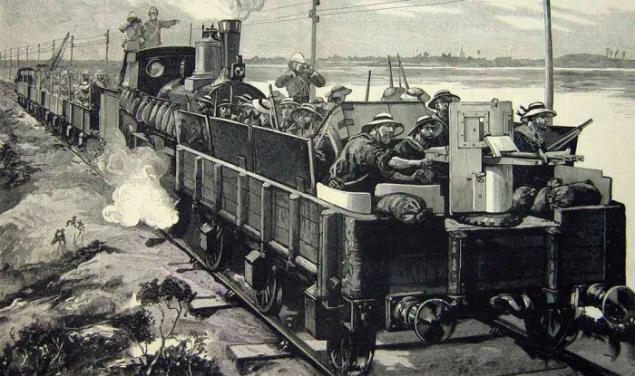
British troops in Egypt 1880
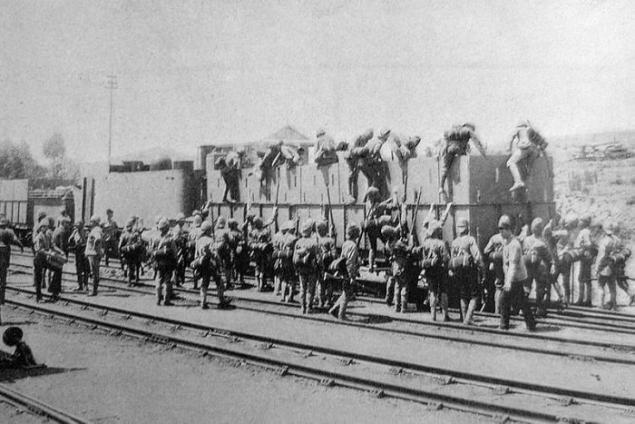
1899. South Africa.
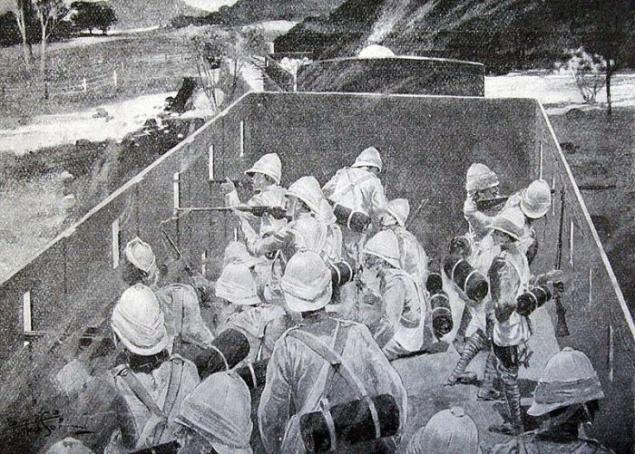
By the beginning of World War armored trains some of the simplest design there in the armies of most European states. After the First World War, the creation of new armored trains was launched in Germany, Austria-Hungary, Russia, France, and Italy. At the front was used and the individual mobile units - armored trolley.
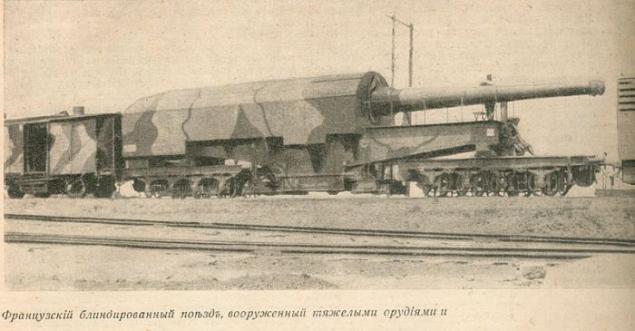
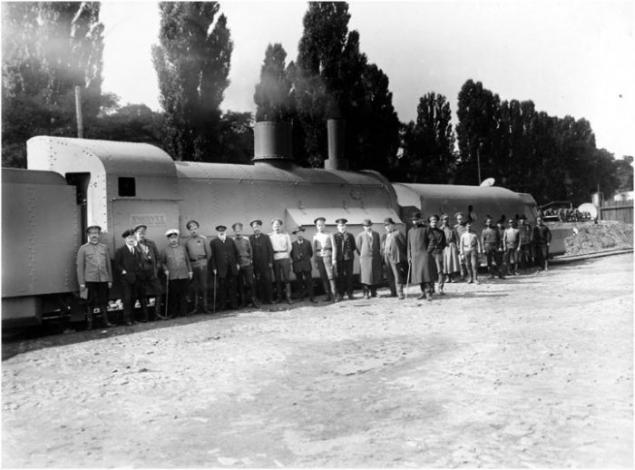
typical armored train Caucasian Army, 1915. According to the project consisted of two broneploschadok and semi-armored locomotive. Armament - two mountain guns 76, 2 mm of the sample in 1904 and 8 machine guns, the command - 4 officers and 70 shooters, the thickness of 12-16 mm armor. It was built four trains of this type.
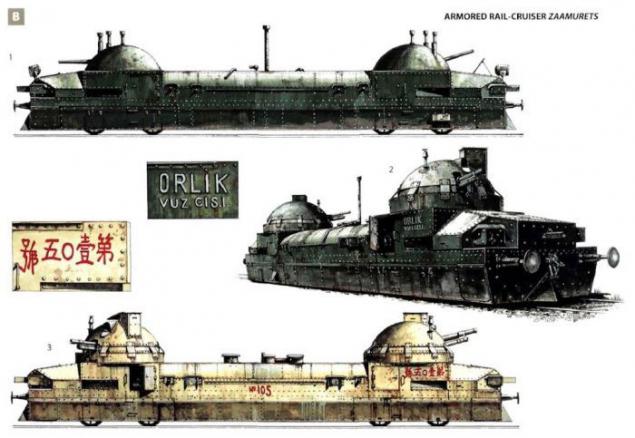
In Russia, the "boom armored trains" came in the Civil War. This was due to its characteristics, such as the virtual absence of clear front lines, a large number of irregular troops and bitter struggle for the railways as a primary means for the rapid deployment of troops, ammunition, bread.
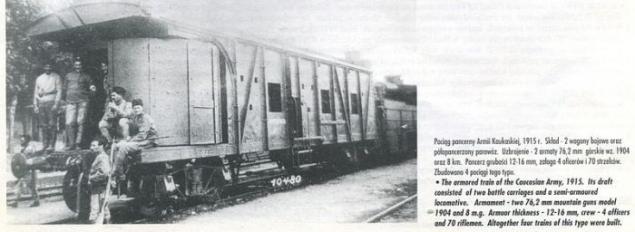
Bronepoezdnye part were part of almost all the warring parties. In addition to the Red Army, were they a part of the White Guard Volunteer Army (later in the Armed Forces of Southern Russia (VSYUR)) General Denikin, the Czechoslovak Corps (b / n «Orlik»), the UNR army (b / n "Glory to Ukraine", "Sich ") and others.
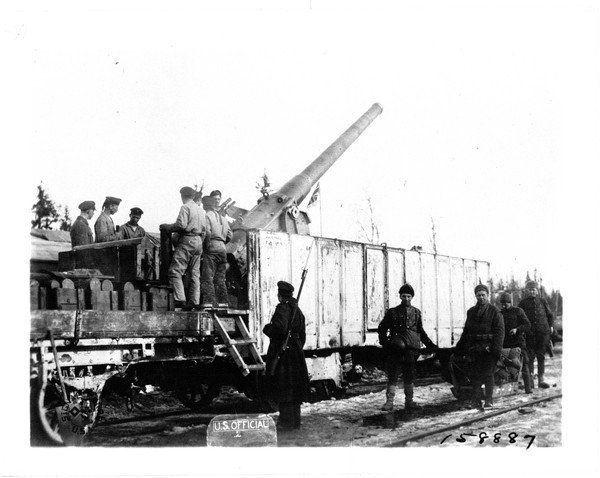
The widespread use of armored combat during the Civil War clearly showed their main weakness. The armored train was a large, cumbersome target vulnerable to artillery (and later - and air) strike. Furthermore, it is dangerously dependent on the railway line. For its immobilization was enough to destroy the fabric in front and behind.
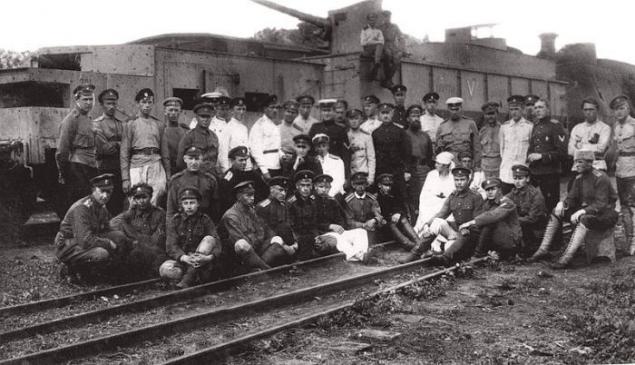
Therefore, for the reconstruction of destroyed armored train paths have in their composition platform with travel materials: rails, sleepers, bindings. The pace of the recovery path of the soldiers of armored trains was quite high: an average of 40 m / h route and about 1 m / h Bridge on small rivers. Therefore, the destruction of ways only for a short time delayed the movement of armored trains.
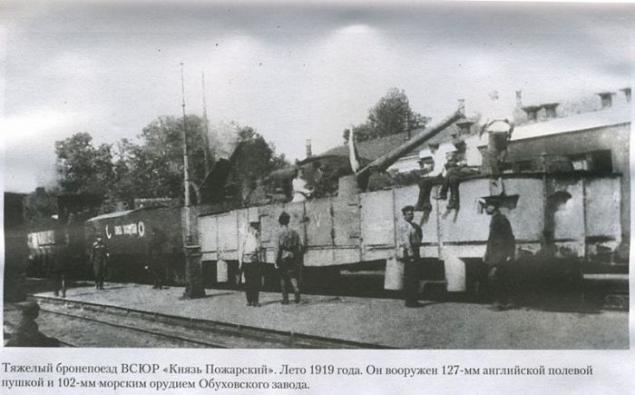
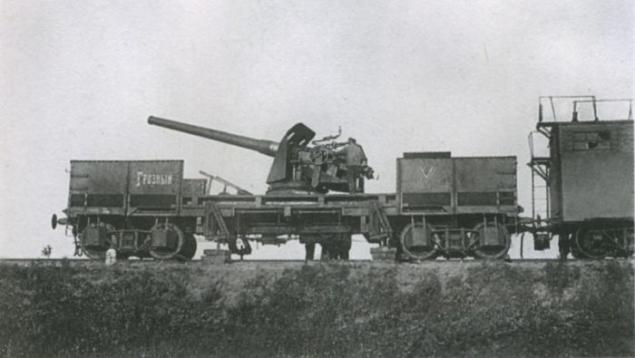
Some went to the Red Army armored trains from the Russian Imperial Army, and it was deployed and mass production of new ones. In addition, up until 1919 remained the mass production of "surrogate" of armored collected from scrap materials from conventional passenger cars in the absence of any drawings; this "armored train" could be assembled in just a day.

By the end of the Civil War, the responsibility of the Central Council of armor parts (Tsentrobron) Red Army was 122 full-armored.
By 1928, the number of armored trains was reduced to 34.

Nevertheless, the Red Army in the interwar period did not abandon plans for further technical development of armored trains. During the Great Patriotic War armored trains and railway gun (to the armored train does not apply) remained in service. It was built a number of new armored trains, railroad deployed air defense battery.
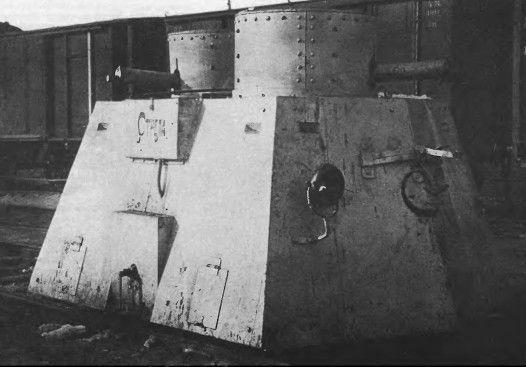
Bronepoezdnye part played a role in World War II, primarily in the protection of railway communications operational rear
Besides the Red Army armored trains positioning and operational NKVD troops. They had 25 broneparovozov, 32 artillery broneploschadki, 36 armored cars and motorized 7 armored vehicles.
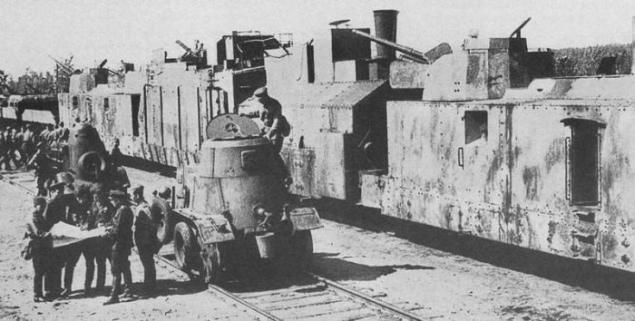
Soviet BEPO №695 type BP-35 (PR-35 + 2 x PL-37) confirmation with a BA-BA-20zhd and 10zhd
At the beginning of the Great Patriotic most massive domestic armored train was PD-35. He had composed two artillery platforms PL-37 (shortly before they replaced outdated PL-35) and one anti-aircraft SPU-BP quad with "Maxima". Overall, it was a good armored train. However, experience soon showed real war all his strengths and weaknesses. Guns and machine guns were quite good strike force, but the air defense and reservations were insufficient.
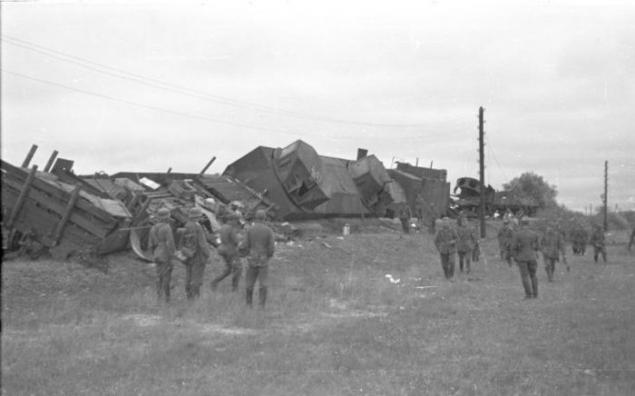
Catastrophic outbreak of war, the huge loss of military equipment and weapons, the inability to replenish them quickly because of the evacuation of enterprises forced the army command and the leadership of the industry find a way out of such an easy situation.
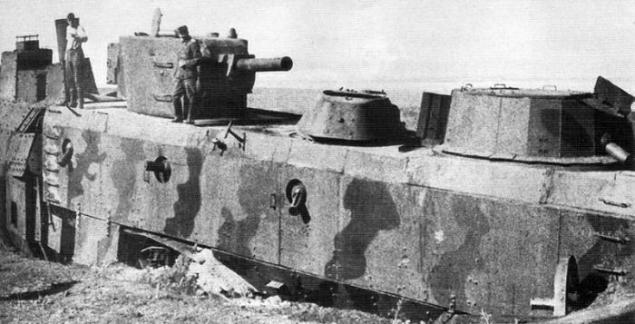
Frustrated Armored "For the Motherland»
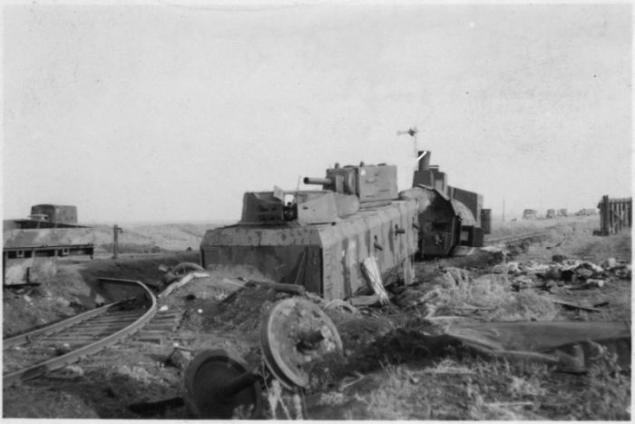
In June-July 1941, in the vast Soviet Union, and the locomotive repair factories, workshops, boils work on the construction of improvised armored trains. In the course is all that comes their way: any iron sheets, wagons, locomotives, weapons almost from museums. The closer the opponent, the higher the rate of construction.

Only in the second half of the 41 th, it was created just four (!) Of the new type of armored, artillery and anti-aircraft. All are available in different quantities, and "record" in this regard was the zenith of the sample train was the 41st - there were made more than a hundred.
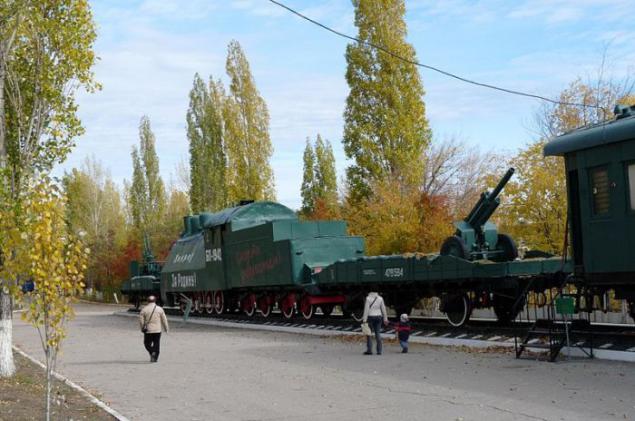
Armored train:
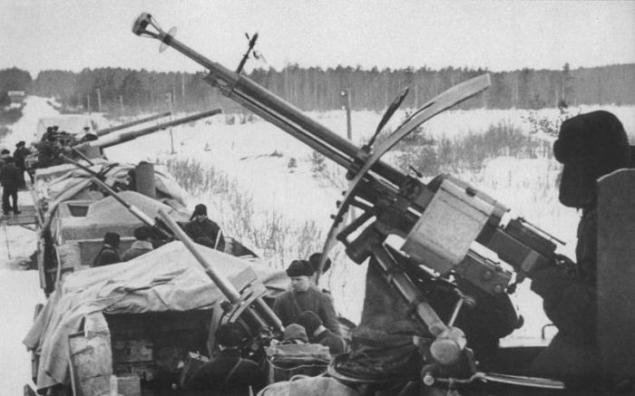
Captured Soviet bronevagon the service of the Wehrmacht.
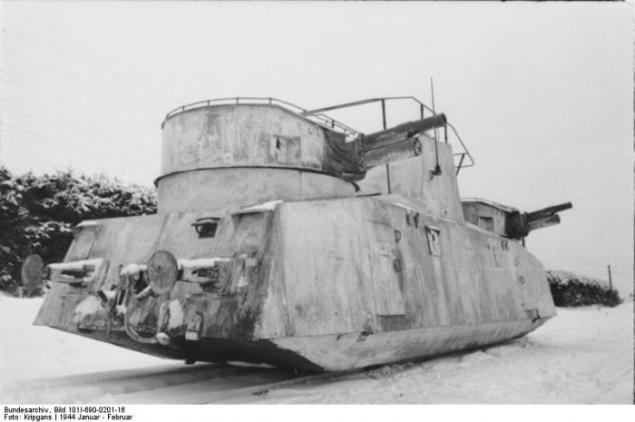
Production of "Armored»:
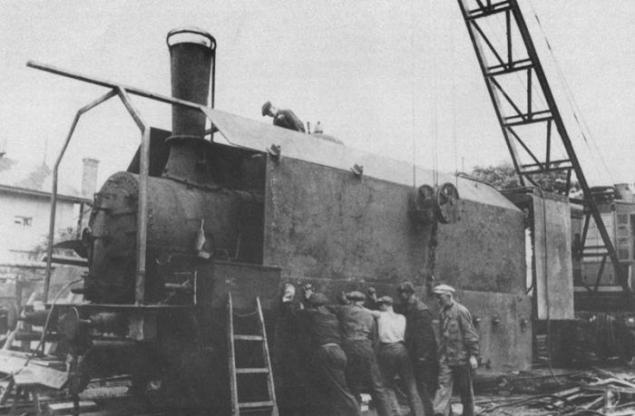
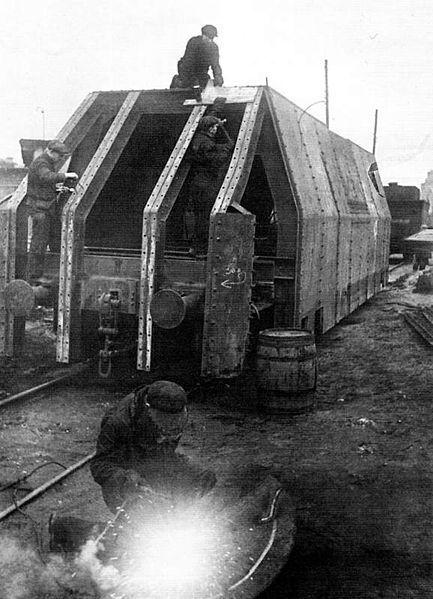
Each armored train consisted of a warhead and a base. The warhead was designed to conduct direct combat operations and included broneparovoz two broneploschadki 2-4 and control platform that joined the armored front and rear, were used to transport materials for the repair of railroad tracks (rails, sleepers, etc.), and protection of minefields.

Base armored provided him with a sufficiently high autonomy of action and was out of the car for the commanding staff, the Office of the wagon, car club, car, kitchen and more coaches to accommodate the staff of the armored train.
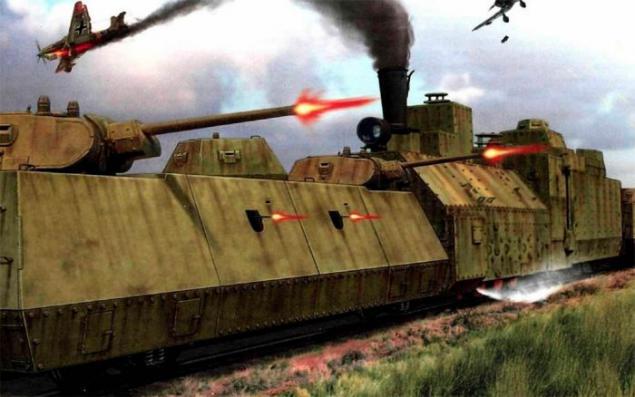
Successful use of armored trains in the early months of the war contributed to the deployment of their construction depots in a number of cities.

The design of weapons and armored trains largely consisted of improvisation and depended on the presence of steel armor, weapons depots and technological capabilities.
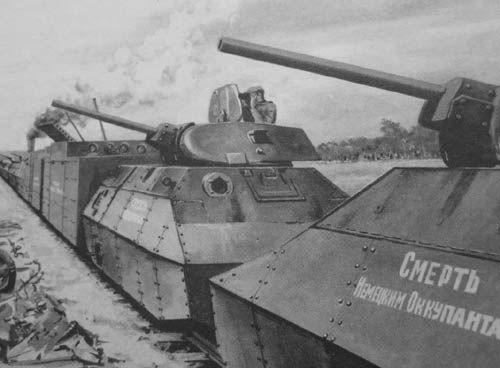
Beginning in the late '41 has started serial production of the model armored train:
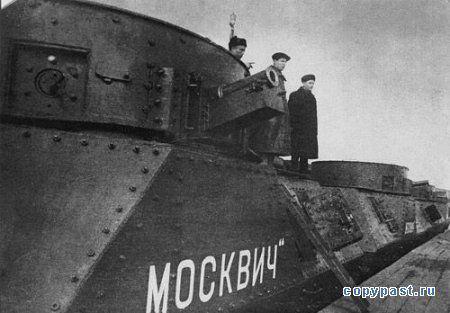
ON-3 produced during the war under the simplified scheme Type BP-35, but the book was uluchsheno.Sdelano there were about a hundred, a role they have played in WWII and by the end of 1946 were dismantled
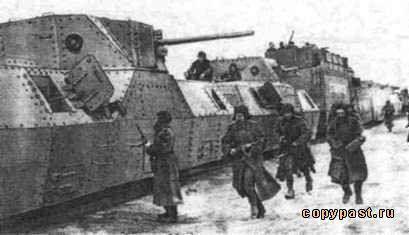
And the real crown of the domestic construction of armored troops went only in 1943, when the possibility of the industry has allowed to focus on the more promising technique, such as tanks. Armored PD-43 became to some extent a "hybrid" of classical and armored tanks.

Armored "Salavat Yulaev" type BP-43

Beginning in 1943, the production Motobroneplatform put on stream:
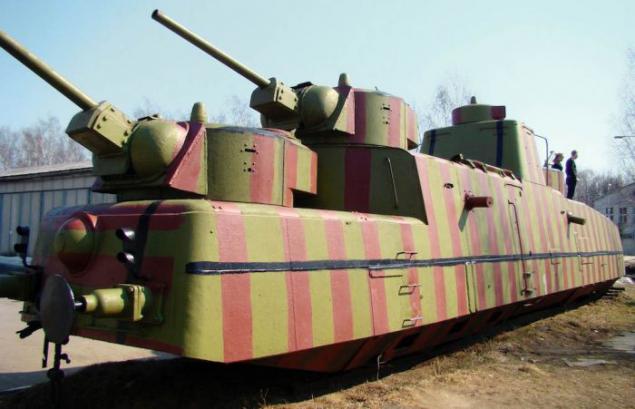


Luckiest Armored:
The armored train was built in 1942 in Murom. He was protected by armor thickness of 45 millimeters and the war not yet received any holes. Armored gone from Murom to Frankfurt an der Oder. During the war he had destroyed seven airplanes, 14 guns and mortar batteries, 36 enemy firing points, 875 soldiers and officers. For Military Merit 31st special Gorky separate division of armored trains, which consisted of an armored train "Ilja Muromets" and "Kozma Minin", he was awarded the Order of Alexander Nevsky. In 1971, Murom was put on eternal parking broneparovoz "Ilya Muromets».
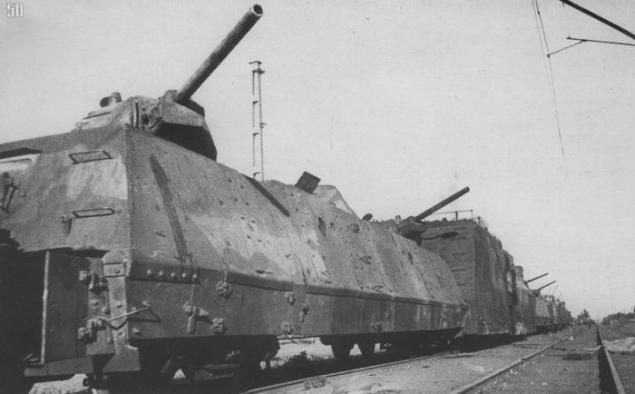
Polish armored trains:

And bronedreziny:

German:

In the 30s the German military command considers it a priority to develop aircraft and tanks, and the design of new armored trains appeared unnecessary. Only on the eve of the Second World War in July-August 1939, there was a shift, and it was decided to set up seven new armored trains. However, the time to create these armored trains was not enough. Then a compromise was reached: use the "train line protection" and Czechoslovak armored train captured.

However, the effectiveness of these armored trains was quite low - an unfortunate arrangement of 75-mm guns (which were not installed in the towers, and in dungeons) significantly limited their field of fire. But despite its shortcomings, the armored train was operated until 1944, except in 1940, dismantled armored train number 5 (which has been repeatedly modernized and repaired).

From 1943 to 1944, at the disposal of the Wehrmacht had about 70 armored trains, various equipment, the majority was on the eastern front (about 30 heavy and 10 reconnaissance armored trains), the remaining carrying on combat duty in the Balkans, France, Italy and Norway. With the subsequent retreat of the German army from the territory of Soviet armored trains have been actively used as a means of mobile defense.
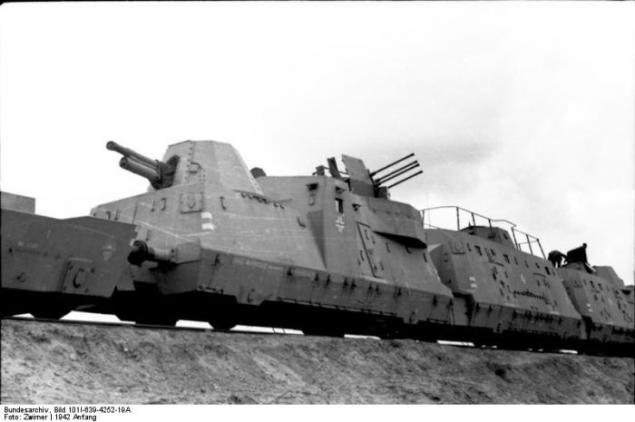

Often, several armored trains kept separate sections of the front, though the most critical moment.
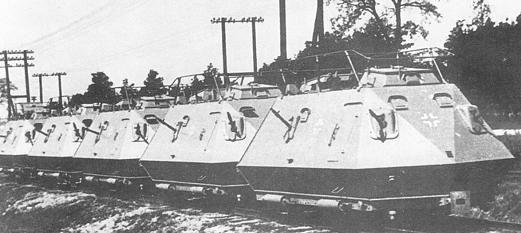
Repeatedly they have successfully managed to keep the defense, confronting not only the infantry, and tank units (February 1943, the defense line Debalcevo - Shterovka).

In the north against the forces of the Soviet Union acted heavy armored train, and in the south against the guerrillas acted intelligence and trolley trains. But the further retention of the front through the use of armored trains as a "fire brigade" was not more possible.
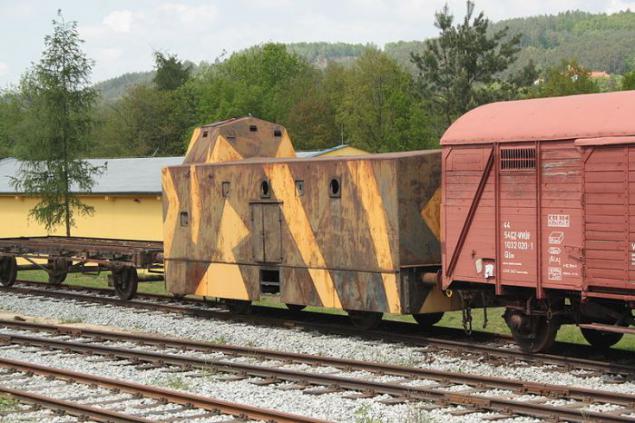
Just like the Wehrmacht, the aforementioned department could no longer compensate for the loss and carry out repairs.
At the beginning of February 1945 of the remaining operating heavy armored train was formed last Task Force (under the command of Colonel von Tyurkheyma), whose main task was to keep the direction of Berlin.
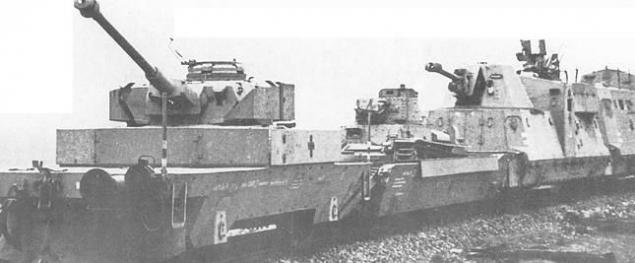
The group consisted of four armored trains and the last new model, the upgraded part of "Berlin", which was armed with towers of tanks "Panther».

After WWII:
Up to 1953 the armored train carried the service in Western Ukraine patrolling rail lines due to frequent attacks on the troops of the UPA facilities railways. Resolution of the Council of Ministers on 4 February 1958 the further development of railway artillery systems has been discontinued. By the end of the fifties in service with the Soviet Union, not a single armored train.
At the end of the 1970s due to the tense relations of the USSR and the PRC at the Kharkov plant of heavy engineering were established 4 (according to other sources, 5) armored train BP-1, after the improvement of Sino-Soviet relations, these armored trains were transferred to the reserve. There they remained until early 1990.
Armored train in Chechnya:
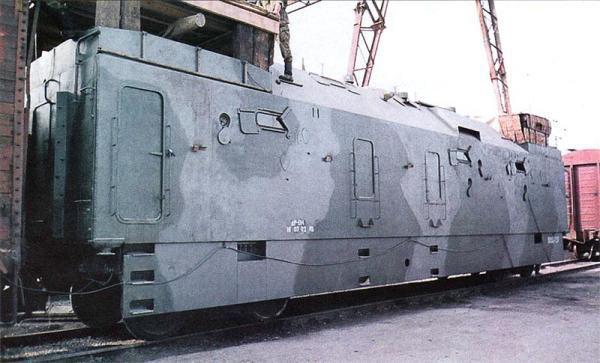
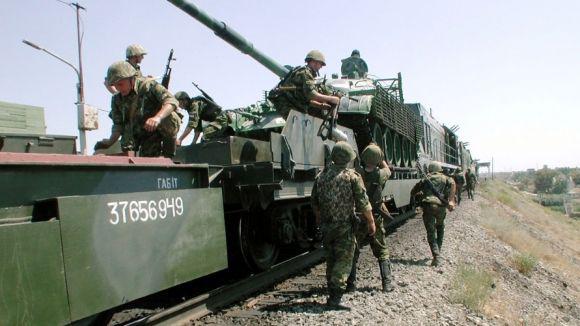

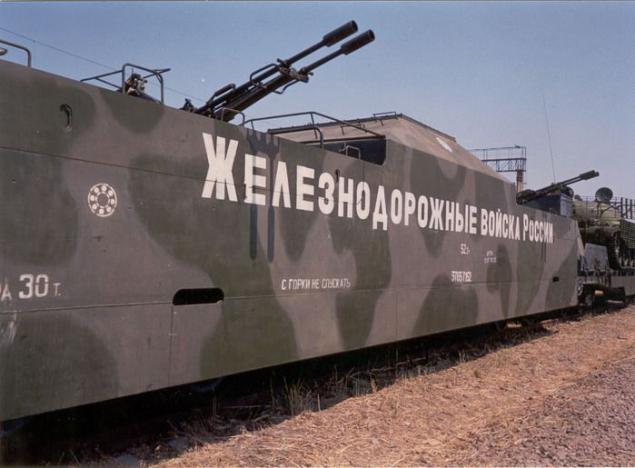

Source: mgsupgs.livejournal.com

Artillery armored platform 1880 ...

Bronevagon for South Africa 1919.

For the first time guns were put on the railway platform during the Civil in the US (1861-1865), in 1861 the army commander of the northern states of the 19th Illinois Regiment volunteer, Colonel IV Turchaninov (John Basil Turchin).

The artillery was quickly taken to the camp at the railway troops to the Southern states, and made a sudden devastation in their camp. This successful experience then repeatedly used.

In 1864 the platforms were installed for 13-inch mortars, firing the siege of Pittsburgh shells weighing about 100 kg with a range of up to 4, 5 km.

In Europe, similar to the use of railway platforms took place in 1871 during the siege of Paris by the Prussian army during the Franco-Prussian War of 1870-1871 .: managed to fire at strengthening the city from different angles.

British troops in Egypt 1880

1899. South Africa.

By the beginning of World War armored trains some of the simplest design there in the armies of most European states. After the First World War, the creation of new armored trains was launched in Germany, Austria-Hungary, Russia, France, and Italy. At the front was used and the individual mobile units - armored trolley.


typical armored train Caucasian Army, 1915. According to the project consisted of two broneploschadok and semi-armored locomotive. Armament - two mountain guns 76, 2 mm of the sample in 1904 and 8 machine guns, the command - 4 officers and 70 shooters, the thickness of 12-16 mm armor. It was built four trains of this type.

In Russia, the "boom armored trains" came in the Civil War. This was due to its characteristics, such as the virtual absence of clear front lines, a large number of irregular troops and bitter struggle for the railways as a primary means for the rapid deployment of troops, ammunition, bread.

Bronepoezdnye part were part of almost all the warring parties. In addition to the Red Army, were they a part of the White Guard Volunteer Army (later in the Armed Forces of Southern Russia (VSYUR)) General Denikin, the Czechoslovak Corps (b / n «Orlik»), the UNR army (b / n "Glory to Ukraine", "Sich ") and others.

The widespread use of armored combat during the Civil War clearly showed their main weakness. The armored train was a large, cumbersome target vulnerable to artillery (and later - and air) strike. Furthermore, it is dangerously dependent on the railway line. For its immobilization was enough to destroy the fabric in front and behind.

Therefore, for the reconstruction of destroyed armored train paths have in their composition platform with travel materials: rails, sleepers, bindings. The pace of the recovery path of the soldiers of armored trains was quite high: an average of 40 m / h route and about 1 m / h Bridge on small rivers. Therefore, the destruction of ways only for a short time delayed the movement of armored trains.


Some went to the Red Army armored trains from the Russian Imperial Army, and it was deployed and mass production of new ones. In addition, up until 1919 remained the mass production of "surrogate" of armored collected from scrap materials from conventional passenger cars in the absence of any drawings; this "armored train" could be assembled in just a day.

By the end of the Civil War, the responsibility of the Central Council of armor parts (Tsentrobron) Red Army was 122 full-armored.
By 1928, the number of armored trains was reduced to 34.

Nevertheless, the Red Army in the interwar period did not abandon plans for further technical development of armored trains. During the Great Patriotic War armored trains and railway gun (to the armored train does not apply) remained in service. It was built a number of new armored trains, railroad deployed air defense battery.

Bronepoezdnye part played a role in World War II, primarily in the protection of railway communications operational rear
Besides the Red Army armored trains positioning and operational NKVD troops. They had 25 broneparovozov, 32 artillery broneploschadki, 36 armored cars and motorized 7 armored vehicles.

Soviet BEPO №695 type BP-35 (PR-35 + 2 x PL-37) confirmation with a BA-BA-20zhd and 10zhd
At the beginning of the Great Patriotic most massive domestic armored train was PD-35. He had composed two artillery platforms PL-37 (shortly before they replaced outdated PL-35) and one anti-aircraft SPU-BP quad with "Maxima". Overall, it was a good armored train. However, experience soon showed real war all his strengths and weaknesses. Guns and machine guns were quite good strike force, but the air defense and reservations were insufficient.

Catastrophic outbreak of war, the huge loss of military equipment and weapons, the inability to replenish them quickly because of the evacuation of enterprises forced the army command and the leadership of the industry find a way out of such an easy situation.

Frustrated Armored "For the Motherland»

In June-July 1941, in the vast Soviet Union, and the locomotive repair factories, workshops, boils work on the construction of improvised armored trains. In the course is all that comes their way: any iron sheets, wagons, locomotives, weapons almost from museums. The closer the opponent, the higher the rate of construction.

Only in the second half of the 41 th, it was created just four (!) Of the new type of armored, artillery and anti-aircraft. All are available in different quantities, and "record" in this regard was the zenith of the sample train was the 41st - there were made more than a hundred.

Armored train:

Captured Soviet bronevagon the service of the Wehrmacht.

Production of "Armored»:


Each armored train consisted of a warhead and a base. The warhead was designed to conduct direct combat operations and included broneparovoz two broneploschadki 2-4 and control platform that joined the armored front and rear, were used to transport materials for the repair of railroad tracks (rails, sleepers, etc.), and protection of minefields.

Base armored provided him with a sufficiently high autonomy of action and was out of the car for the commanding staff, the Office of the wagon, car club, car, kitchen and more coaches to accommodate the staff of the armored train.

Successful use of armored trains in the early months of the war contributed to the deployment of their construction depots in a number of cities.

The design of weapons and armored trains largely consisted of improvisation and depended on the presence of steel armor, weapons depots and technological capabilities.

Beginning in the late '41 has started serial production of the model armored train:

ON-3 produced during the war under the simplified scheme Type BP-35, but the book was uluchsheno.Sdelano there were about a hundred, a role they have played in WWII and by the end of 1946 were dismantled

And the real crown of the domestic construction of armored troops went only in 1943, when the possibility of the industry has allowed to focus on the more promising technique, such as tanks. Armored PD-43 became to some extent a "hybrid" of classical and armored tanks.

Armored "Salavat Yulaev" type BP-43

Beginning in 1943, the production Motobroneplatform put on stream:



Luckiest Armored:
The armored train was built in 1942 in Murom. He was protected by armor thickness of 45 millimeters and the war not yet received any holes. Armored gone from Murom to Frankfurt an der Oder. During the war he had destroyed seven airplanes, 14 guns and mortar batteries, 36 enemy firing points, 875 soldiers and officers. For Military Merit 31st special Gorky separate division of armored trains, which consisted of an armored train "Ilja Muromets" and "Kozma Minin", he was awarded the Order of Alexander Nevsky. In 1971, Murom was put on eternal parking broneparovoz "Ilya Muromets».

Polish armored trains:

And bronedreziny:

German:

In the 30s the German military command considers it a priority to develop aircraft and tanks, and the design of new armored trains appeared unnecessary. Only on the eve of the Second World War in July-August 1939, there was a shift, and it was decided to set up seven new armored trains. However, the time to create these armored trains was not enough. Then a compromise was reached: use the "train line protection" and Czechoslovak armored train captured.

However, the effectiveness of these armored trains was quite low - an unfortunate arrangement of 75-mm guns (which were not installed in the towers, and in dungeons) significantly limited their field of fire. But despite its shortcomings, the armored train was operated until 1944, except in 1940, dismantled armored train number 5 (which has been repeatedly modernized and repaired).

From 1943 to 1944, at the disposal of the Wehrmacht had about 70 armored trains, various equipment, the majority was on the eastern front (about 30 heavy and 10 reconnaissance armored trains), the remaining carrying on combat duty in the Balkans, France, Italy and Norway. With the subsequent retreat of the German army from the territory of Soviet armored trains have been actively used as a means of mobile defense.


Often, several armored trains kept separate sections of the front, though the most critical moment.

Repeatedly they have successfully managed to keep the defense, confronting not only the infantry, and tank units (February 1943, the defense line Debalcevo - Shterovka).

In the north against the forces of the Soviet Union acted heavy armored train, and in the south against the guerrillas acted intelligence and trolley trains. But the further retention of the front through the use of armored trains as a "fire brigade" was not more possible.

Just like the Wehrmacht, the aforementioned department could no longer compensate for the loss and carry out repairs.
At the beginning of February 1945 of the remaining operating heavy armored train was formed last Task Force (under the command of Colonel von Tyurkheyma), whose main task was to keep the direction of Berlin.

The group consisted of four armored trains and the last new model, the upgraded part of "Berlin", which was armed with towers of tanks "Panther».

After WWII:
Up to 1953 the armored train carried the service in Western Ukraine patrolling rail lines due to frequent attacks on the troops of the UPA facilities railways. Resolution of the Council of Ministers on 4 February 1958 the further development of railway artillery systems has been discontinued. By the end of the fifties in service with the Soviet Union, not a single armored train.
At the end of the 1970s due to the tense relations of the USSR and the PRC at the Kharkov plant of heavy engineering were established 4 (according to other sources, 5) armored train BP-1, after the improvement of Sino-Soviet relations, these armored trains were transferred to the reserve. There they remained until early 1990.
Armored train in Chechnya:





Source: mgsupgs.livejournal.com



